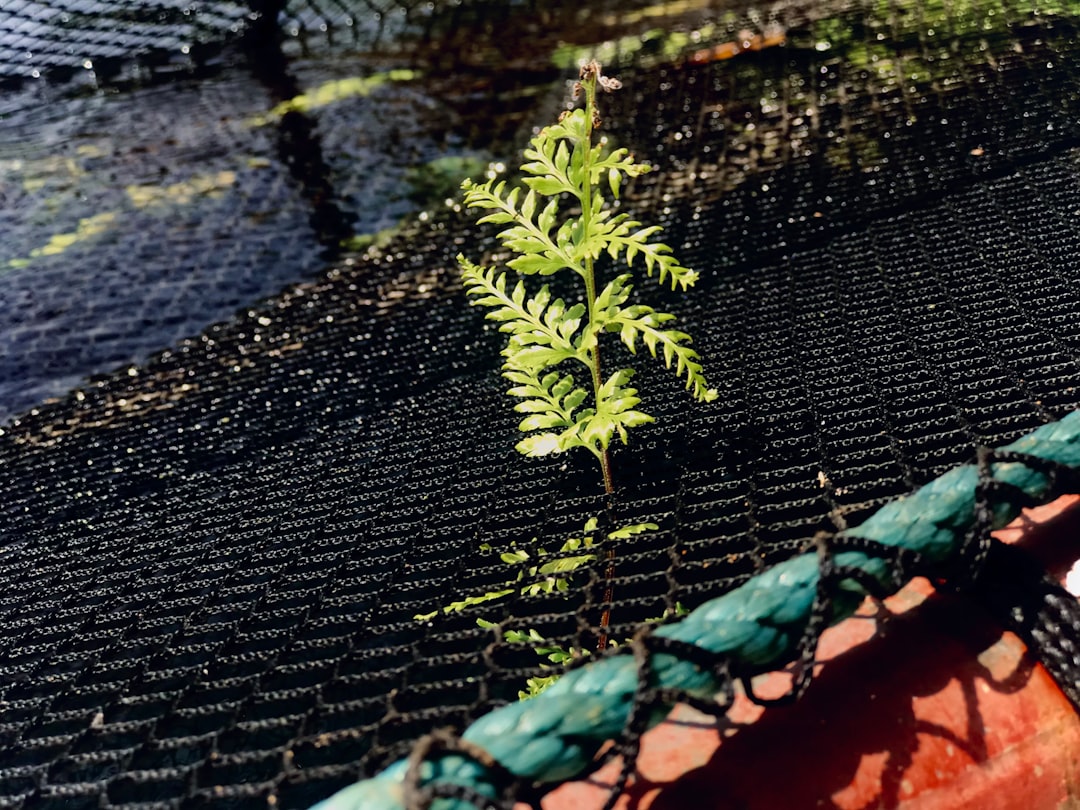How foreign plants disrupt local ecosystems and what we can do about it
Plants are an essential part of the Earth’s ecosystems, contributing to biodiversity, stabilizing soil, providing food, and supporting wildlife. However, when plants are introduced to new environments, sometimes far beyond their natural habitat, they can cause significant disruptions. These plants are known as invasive species.
Invasive plant species pose a major threat to native ecosystems, agriculture, and even human health. In this blog post, we will explore what invasive species are, how they impact ecosystems, and the efforts being made to mitigate their spread.
🌿 What Are Invasive Plant Species?
An invasive plant species is a non-native plant that, when introduced to a new environment, causes harm to the ecosystem, economy, or human health. These plants often thrive because they are free from the natural predators and competitors that kept them in check in their original habitats. They spread rapidly, outcompeting native plants for resources like light, water, and nutrients.
For a plant to be considered invasive, it must cause environmental harm—disrupting food chains, altering habitats, and diminishing biodiversity. Not all non-native plants are invasive; some plants, called exotic or introduced species, are non-native but don’t harm the local ecosystem.
🏞️ The Impact of Invasive Plants on Ecosystems
Invasive plants have far-reaching impacts on ecosystems worldwide. Some of the major effects include:
1. Loss of Biodiversity
Invasive plants often outcompete native species for resources. Native plants are adapted to the specific climate, soil, and fauna of their environment, but when invasive species enter the picture, they can rapidly dominate. This displaces native plants and disrupts the food web, as herbivores and pollinators that rely on native plants struggle to adapt.
2. Disruption of Soil and Water Systems
Many invasive plants change the structure of soil and water in ways that make it difficult for native plants to survive. For example, invasive grasses can alter the fire regime of ecosystems by growing faster and burning more intensely, making it harder for native plant species to thrive. Similarly, invasive species can change the soil’s chemical composition, affecting the nutrients available to other plants.
3. Alteration of Habitat
Invasive plants can transform entire landscapes, creating monocultures that replace diverse ecosystems. For instance, in wetlands, non-native aquatic plants can block sunlight, alter water levels, and choke out the native vegetation that provides shelter for wildlife.
4. Threat to Agriculture
Some invasive plants have economic consequences by damaging crops. For example, kudzu, an invasive plant in the U.S., grows rapidly and can smother crops like soybeans and corn. Other plants, such as wild oats and bindweed, can damage agricultural lands by competing for nutrients and water.
🌍 Examples of Invasive Plant Species
Here are some notable invasive plant species that have caused significant environmental harm:
1. Kudzu (Pueraria montana)
Originally from Asia, kudzu is notorious for its rapid growth. It covers trees, buildings, and fences, smothering other plants beneath its thick vines. Its spread in the southern U.S. has led to significant ecological damage, including loss of native plant species.
2. Japanese Knotweed (Fallopia japonica)
Native to Asia, Japanese knotweed can grow through concrete and is difficult to remove once established. It is notorious for degrading riverbanks, leading to erosion and flooding. It also disrupts native plant communities and wildlife habitats.
3. Purple Loosestrife (Lythrum salicaria)
This perennial plant, introduced from Europe, thrives in wetland areas. Its dense growth blocks waterways, reduces the diversity of native wetland plants, and disrupts habitats for species such as migratory birds and amphibians.
4. Water Hyacinth (Eichhornia crassipes)
Native to South America, water hyacinth is a floating aquatic plant that grows so quickly it can cover entire water bodies, blocking sunlight and oxygen for aquatic life. It disrupts fishing industries, water transportation, and the natural balance of ecosystems.
🌱 How Do Invasive Plants Spread?
Invasive plant species can spread in a variety of ways:
-
Human activity: Agriculture, landscaping, and ornamental plant trade often introduce non-native species.
-
Accidental transport: Invasive seeds can hitch a ride on vehicles, ships, or clothing.
-
Climate change: Warmer temperatures and altered precipitation patterns may create more favorable conditions for invasive plants to spread.
🛑 Addressing the Invasive Plant Crisis
Combating invasive plant species requires coordinated efforts on several fronts:
1. Prevention
The best way to tackle the problem is to prevent the introduction of invasive plants in the first place. Strict regulations on plant imports and better monitoring of ecosystems can help minimize the risk.
2. Eradication and Control
Efforts to control or remove invasive plants include:
-
Mechanical removal: Physical methods like mowing, pulling, or using machinery to clear invasive species.
-
Herbicides: Targeted chemical control may be used, but it must be done carefully to avoid harming native plants.
-
Biological control: The use of natural predators (e.g., insects or diseases) to reduce invasive plant populations.
3. Restoration
Restoring areas affected by invasive plants often involves planting native species to replace the invasive ones, creating a more resilient and balanced ecosystem.
🌍 Conclusion
Invasive plant species are a global issue that affects ecosystems, agriculture, and human activities. By understanding their impacts, we can take steps to prevent their spread, control their growth, and restore ecosystems to their natural state. Whether through policy, education, or scientific research, our collective efforts to combat invasive plants will be crucial for protecting biodiversity and sustaining the health of our planet.

Comments
No comments yet. Be the first to comment!
You must be logged in to comment. Login